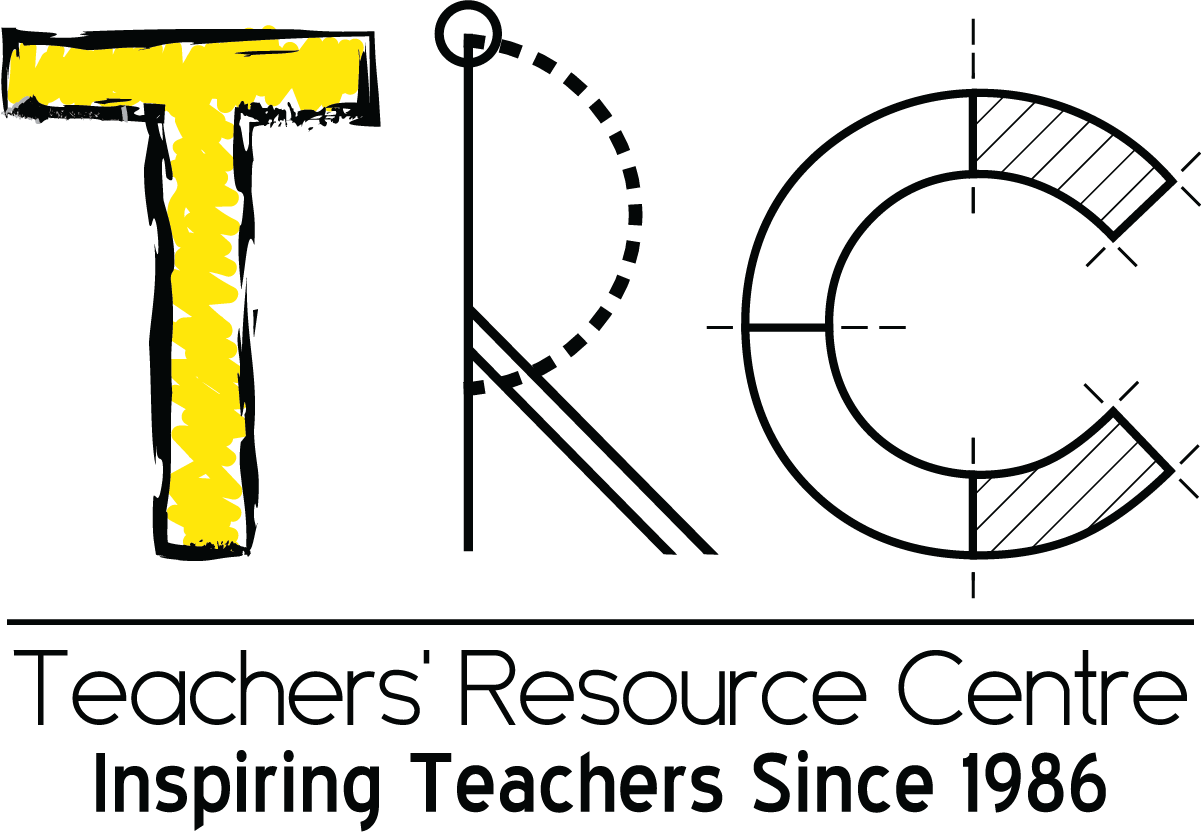No products in the cart.
Education
Based on a philosophy of freedom of choice, democratic decision making, and mutual cooperation, a mixed-age, mixed gender “learning room” was set up. A community of learners ranging in age from 4 to 16 years from special needs schools, government and private schools, worked cooperatively together over a period of six weeks.
Exhibition of Children’s Art
TRC organised an exhibition of children’s painting depicting their vision of tomorrow’s world. Over two thousand entries (2,692) were received from fifty-schools. The paintings were strung together and hung from balconies and on the sides of the kanaat (tents) to give a wall-like effect. Although some paintings reflected gloom and doom the majority showed advances in technology and a positive picture. As one visitor said, “… their hope of a bright future was evident in their work.
Puppet Shows
Schools performed puppets shows on the theme “Tomorrow’s World”. One story was about a young boy and girl who go to sleep to wake up in a hot and polluted world several decades in the future. They realise that pollution and global warming has taken its toll. Fortunately they wake up to find it was just a nightmare and that they still have time to save the world from such a ghastly future.
Fashion
Students modelled fashions depicting the children’s predictions for the future. These included paper clothes which could be worn a couple of times and then discarded, clothes with built-in computers and televisions and mechanised-wings to fly with. Two fashion shows were scheduled every day but the number had to be increased on popular demand.
Values
TRC put special emphasis on making visitors ponder about the values they want in tomorrow’s world by designating a major area to this topic. One activity had visitors placing their fingerprints on a graph depicting the qualities they want from tomorrow’s world. The largest number of votes went to the qualities of peace and knowledge.
Professions
An activity sheet was distributed to visitors asking them to list at least fifty professions that we will have in tomorrow’s world. A prize was offered for the longest list. Some of the entries showed children’s imagination, for instance a space shuttle fuel attendant or a hair dresser for robots. However, it was found that many of the children who responded could not move beyond the present.
Health and Medicine
A model demonstrating the concept of telemedicine impressed many of the visitors. They saw “surgery” being performed by a robotic arm linked to a computer that was being instructed by a surgeon sitting in a developed country while the “patient” was miles away in an under-developed area.
Travel and Transport
A time-tunnel led the visitors into the world of future transport, including solar powered ships, underground roads, under water and space travel.
Food and Agriculture
Based on the premise that in tomorrow’s world there will be space colonies housing thousands of people, the exhibits were displayed in a “tours” (a tunnel-like structure that will be the main-stay of space stations according to today’s projection). One visiting student wrote in the Visitor’s Book, “We must take care of our earth so that no space colonies are made.”
Exhibits by other Organisations
NED University of Engineering and Technology
Engineering students from the NED explained the theory behind the models of solar energy vehicles and engines that run on air. They also showed a desalination plant and household items like a cooker and a refrigerator that runs on solar energy.
Seven leading companies and organisations lent their expertise and equipment, and displayed information and the latest technologies in communication. This included an advanced on-line parcel tracking system, a digital camera used for video-conferencing, and an on-line shopping mall specifically designed for Pakistani products.
National Institute of Oceanography (NIO)
A model of Pakistan’s station in Antarctica was displayed as were information of the different marine life on Pakistani shores. They also ran video shows on oceanography.
Pakistan Space and Upper Atmosphere Research Commission (SUPARCO)
Pakistan satellite station Badar was displayed as was the model of a rocket. A highlight of this exhibit were the satellite images of Karachi which could zoom in on any particular area, for instance Landi or Kemari, to show details of topography of that area.

